Conventional Medicine Approach to Fatigue
Metabolically Directed Approach to Chronic Fatigue



55% of the calories from breast milk come from Saturated Fats
Also high in Cholesterol


Conclusions: A meta-analysis of prospective epidemiologic studies showed that there is no significant evidence for concluding that dietary saturated fat is associated with an increased risk of CHD or CVD
Lowers levels of HDL (“good cholesterol”)
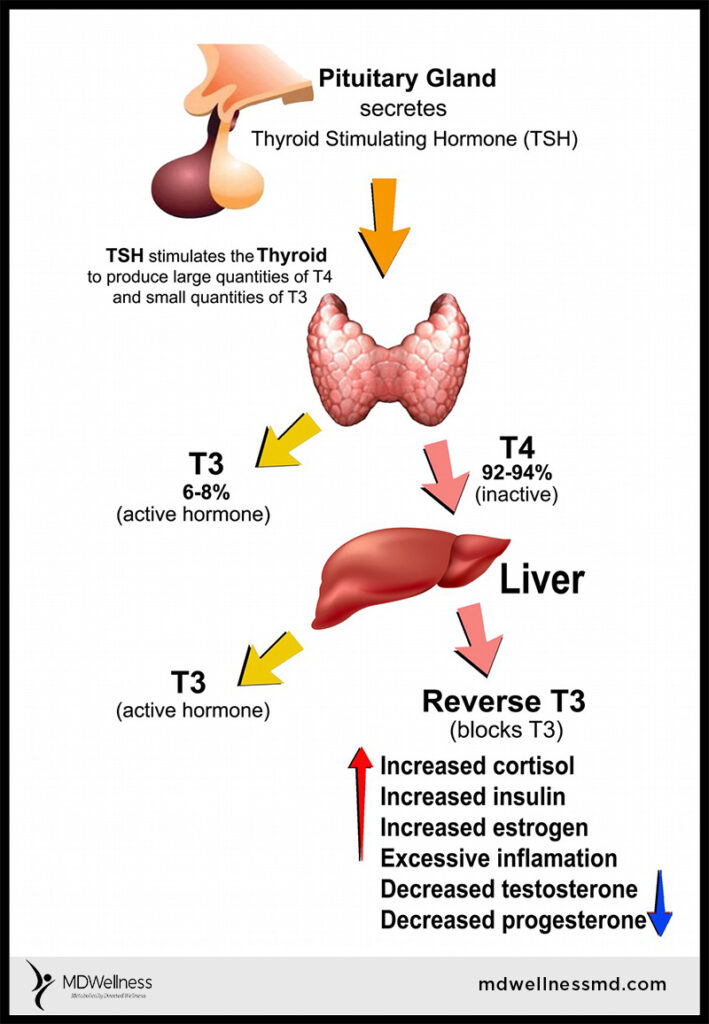

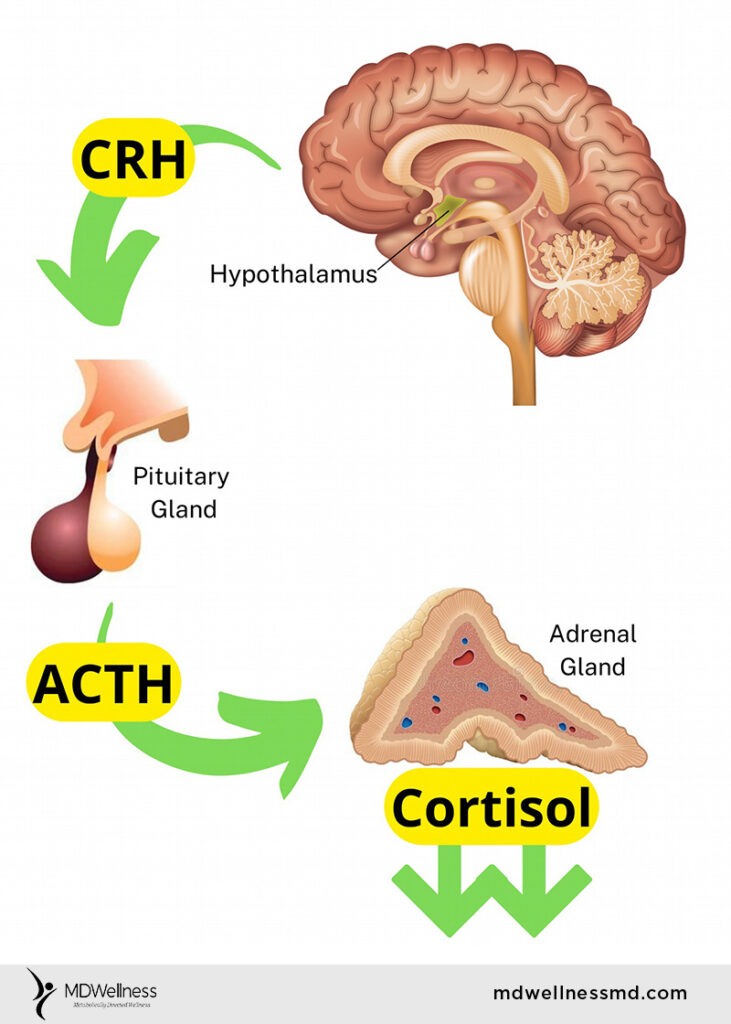



Fatigue early in cycle can indicate hormonal deficiency
Fatigue mid-cycle (ovulation) can indicate excess estrogen
Fatigue in mid-luteal phase can indicate hormone excess

Chronic Inflammatory Response Syndrome (CIRS)
Extremely Common, often Overlooked Cause of Chronic Fatigue


Hidden or “stealth organisms” – viruses, bacteria, parasites can contribute to chronic inflammation of chronic fatigue
Lyme Disease
Erlichiosis
Babesiosis
Bartonella
Rocky Mountain
Spotted Fever (RMSF)
Anaplasmosis
Tickborne Relapsing
Fever (TBRF)
Rickettsia
Tularemia
Powassan Disease
Borrelia mayonii
Borellia miyamotol
Anabolic-Catabolic Imbalance
Fatty Acid vs Sterol Levels Leading to Metabolic Imbalance

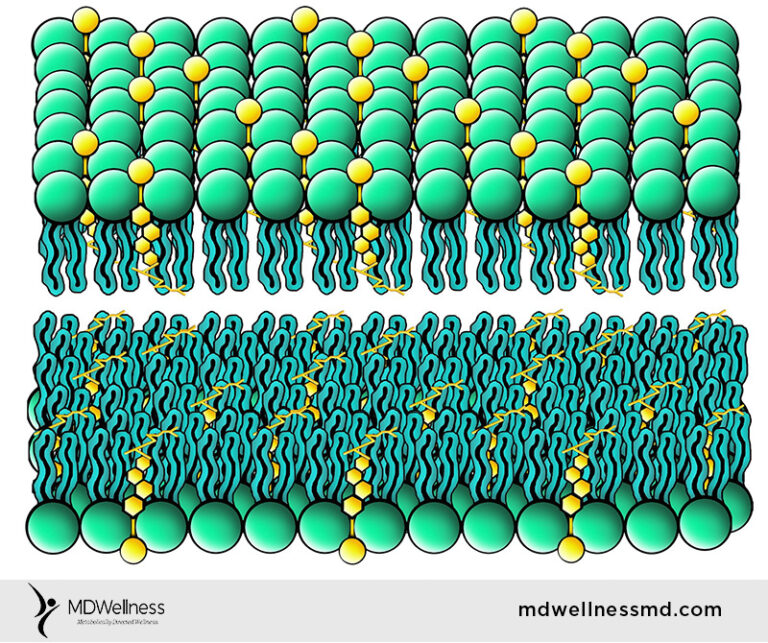
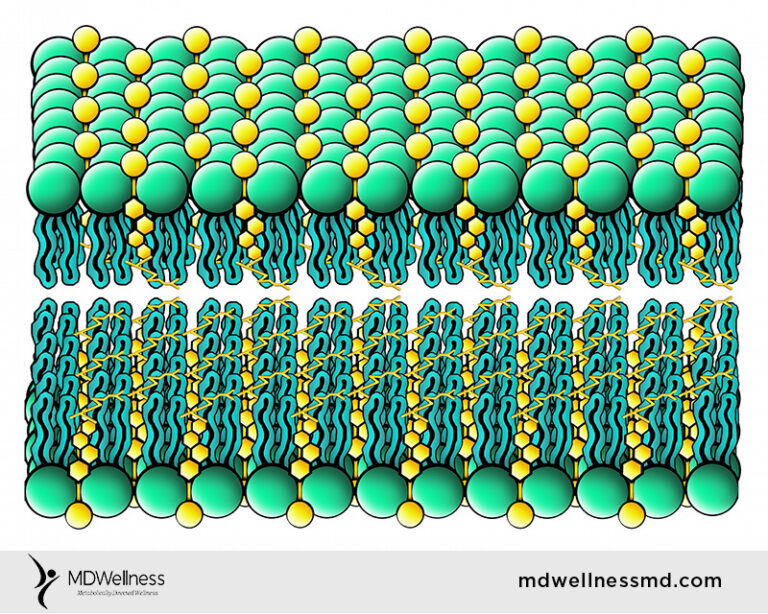
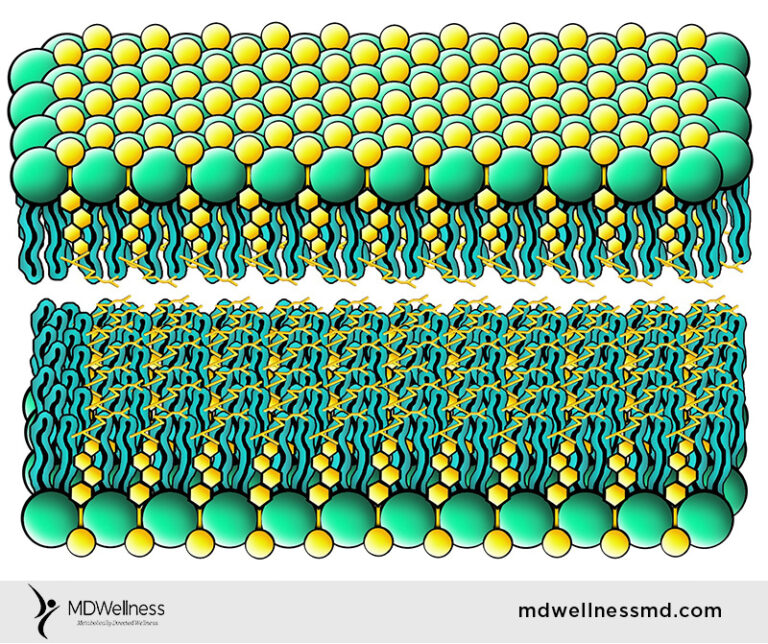
Contributing to Chronic Fatigue


The Work of George Watson PHD
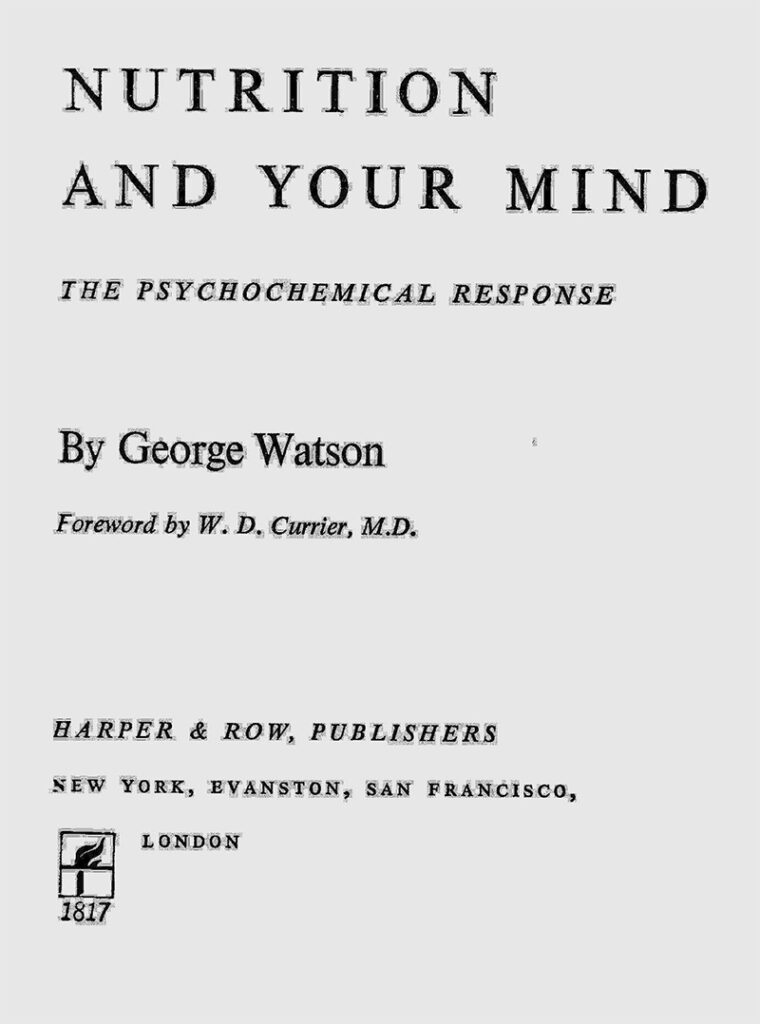
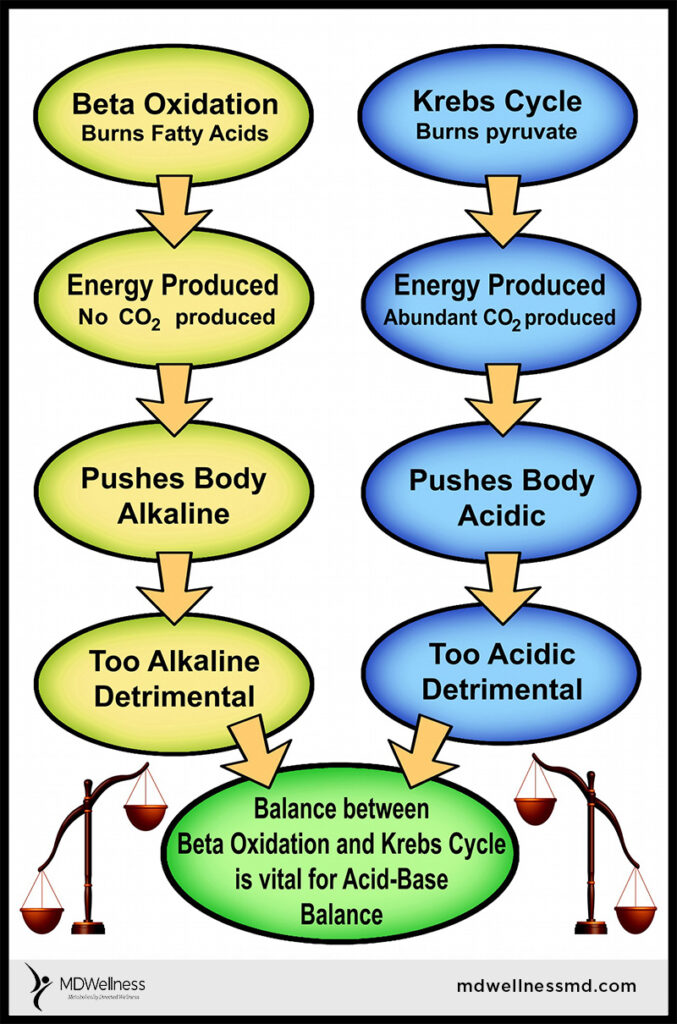
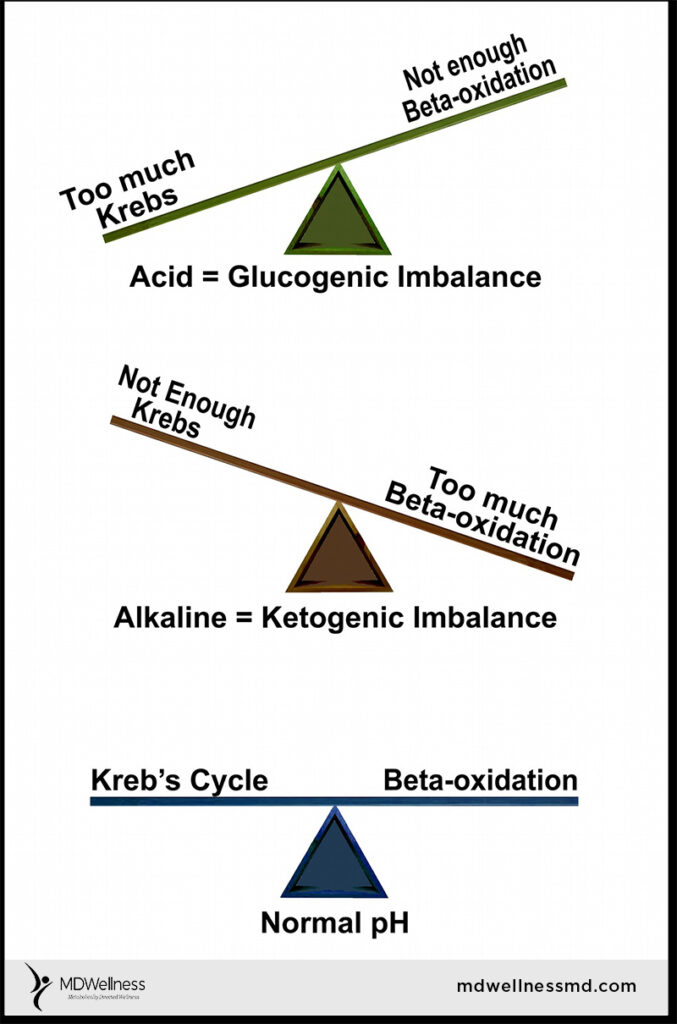
To learn more about MD Wellness contact us today by giving us a call at (732) 268-7663, emailing us at [email protected] or by requesting an appointment online.
Disclaimer: The entire contents of this website are based upon the opinions and experiences of Dr. Rothman, unless otherwise noted. Individual articles are based upon the opinions of the respective author, who retains copyright as marked. The information provided on this website is not intended to replace a one-on-one relationship with a qualified health care professional and is not intended as medical advice. It is intended as a sharing of knowledge and information from the research and experience of Dr. Rothman and his community. Dr. Rothman encourages you to make your own health care decisions based upon your research and in partnership with a qualified health care professional. If you are pregnant, nursing, taking medication, or have a medical condition, consult your health care professional before using products based on this conte
© 2024 MD WELLNESS. All Rights Reserved. | Terms & Conditions | Our Disclaimer and Privacy Policy | Shipping & Return Policy
Website Created and Managed by M&A consulting
Schedule a Free Consult
Complete this quick form to schedule a
non-obligation 15 minutes phone consultation.